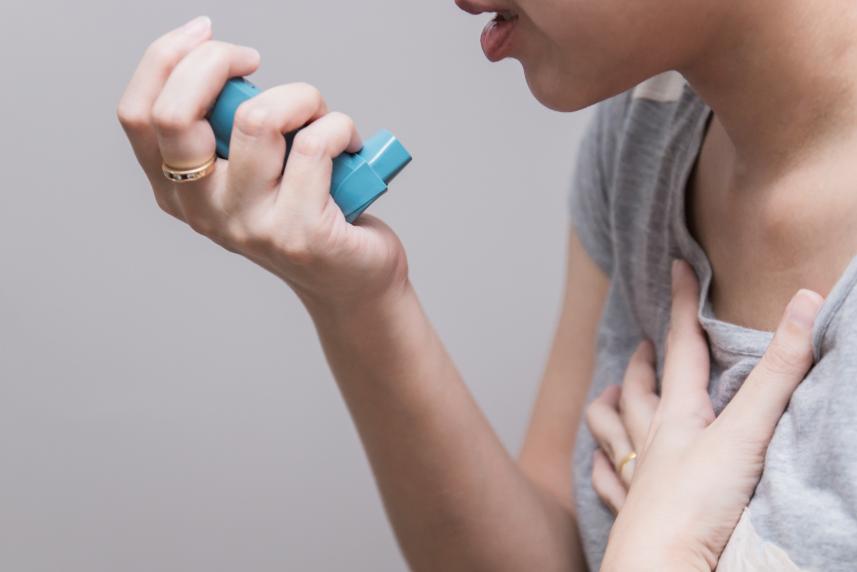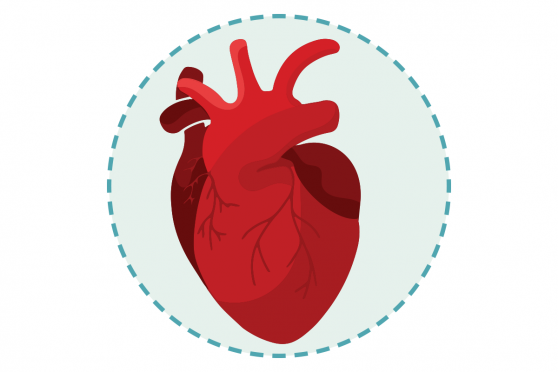Prepare for Asthma Emergencies
These five tips will keep you (and others) calm

Half of all people diagnosed with asthma have at least one asthma emergency. Having an asthma attack can be scary, and it can be easy to panic. The best way to prevent an asthma attack from escalating into an emergency is to help quash the fear that can come with it. Being prepared and knowing what to do are key.
Step 1: Write down your action plan.
Know exactly what you will do when you feel your chest tightening and your breathing shortening. If you know what you will do in these situations, you can ground yourself and handle an asthma emergency without panic. Then make sure to follow that plan should the need arise.
Step 2: Share the plan with others.
Let your friends, family and co-workers (and teachers, if you have children with asthma) in on your plan. This way, if you experience an asthma attack, you don’t have to go it alone. Also, it helps others not panic when they see you wheezing and gasping for air. They will know what to do, instead of sitting idly by, feeling helpless.
Step 3: Keep medications close by.
Always carry your fast-action rescue inhaler on you. Should you have an asthma attack, you will need to start medicating immediately. Keep your rescue meds handy at all times like when you are at work or at the gym. Also, check expiration dates periodically to make sure that none of the medications has expired.
Step 4: Know when to call 911.
Discuss your plan with your doctor and what to do if you don’t receive quick relief. Establish guidelines with him or her about when to call 911. Either way, call 911 if your breathing continues to be difficult after using your rescue inhaler, or if your breathing is not improved after following your doctor’s instructions. Always carry your doctor’s phone number and other emergency numbers; add them to the contact list on your mobile phone.



